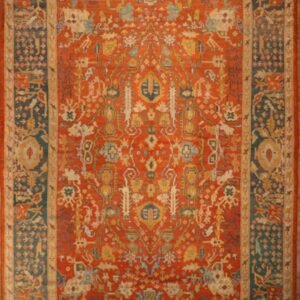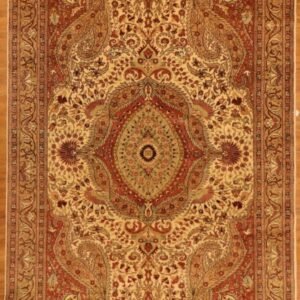If you’re looking for quality Turkish rugs in Florida, you’re in the right place. We’ll walk you through how to find and purchase a Turkish rug, how to research the origins of a rug online, and what to look for when purchasing a hand-knotted piece. Overdyed patchwork rugs are another popular style that creates the perfect balance of vintage and modern.
Before purchasing your new Turkish rug, learn as much as you can about the different types. Turkish rugs, for example, come in many different sizes and styles. A good dealer will have a small plate with a hole in it so that you can count the knots in the rug. In addition, a good dealer will also have a magnifying glass that you can use to view the knots. This will ensure the authenticity of your rug and keep you from purchasing an inferior one.
There are many places you can purchase high-quality antique Turkish rugs. Palm Beach is home to many fine rugs, including Turkish and Persian rugs. These rugs are handcrafted by master weavers and craftsmen. They will last for many years and are sure to add beauty to any home. Palm Beach Rug Gallery offers the best selections of Turkish rugs and other oriental rugs in Florida. You can browse their selections of antique Turkish rugs online or in person.
If you are looking for beautiful Turkish rugs in the US, consider visiting the Palm Beach Rug Gallery. The shop is located in Palm Beach, Florida and specializes in all types of rugs, from antique to modern. They are made by the finest craftsmen and weavers and are designed to last for generations. In addition, each rug is certified by the renowned GoodWeave organization to end child labor in the global supply chain.
The city is home to many excellent places to buy Turkish or Oriental rugs. Whether you’re looking for a traditional, vintage, or modern style, there’s a rug store to fit your home’s decor. And while you’re there, you can even find a store that specializes in Turkish or Oriental rugs.
Overdyed Turkish rugs combine traditional and modern design. This style was created by dyeing antique rugs with bright and bold colors. The process is a multi-step one involving washing, bleaching, and special drying techniques. The result is a rug with rich, saturated colors and a classic Oriental look. These rugs add visual interest to any room. They can be worn in a variety of ways, including on the floor.
An overdyed patchwork Turkish rug is a great choice for an eclectic space. This type of rug can add interest and texture without a lot of patterns. These rugs are perfect for rooms with a mix of vintage and modern styles. A patchwork rug can anchor a room or be a focal point of a whole outfit. It can also provide a focal point to complete a look.
Turkish rug art developed continuously between 13th and 20th centuries. Turkish rugs were richly documented in European paintings from 15th century onward, frequently mentioned in European inventories and other documents, and highly valued both as luxury rugs as work of art. For many, the terms “Anatolian rug” and “Turkish rug” are synonymous. Another bright age in Turkish rug art starts in 16th century. The most important group within this period are Oushak rugs. These Turkish rugs (Oushak) have become the rugs of first choice of many the top interior decorators, retail consumer and private collectors. Turkish rugs have very fine weave, soft texture and intricate details in the designs.
Carpet- rug weaving has probably been taking place in Turkey (mainly known as Anatolia) for at least as long as it has been in Persia (Iran). The Russian Pazyryk carpet (the earliest carpet we know in the world) may have been woven in Turkey.
During the sixteenth and seventeenth centuries, carpets obviously made in Turkey (mainly from the city called Oushak from west of Anatolia, Central Anatolia – Konya, Bergama from northwest of Anatolia) appear continually in paintings by very famous artists. Indeed, they are so often used by Holbein as in his famous painting of Ambassadors in the National Gallery, London that these pieces, probably woven at Oushak. These rugs with original designs called Holbein carpets. One of the most Holbein design rug exhibit in Metropolitan of Art, New York. (gift of Joseph V. McMullan 1961)
There are approximately thirty different varieties of Turkish carpet. Some of them as Ak Hisser ( Akhisar ) , Bergama, Dimirrdji, Ghiorder ( Gordes ), Hereke, Kirsheir ( Kirsehir ), Kayseri, Konya, Kula, Ladik, Obruk, Karaman, Aksaray, Makri ( Meghri ), Melas, Mudjur ( Mucur ), Oushak, Sivas, Smyrna, Sparta, Yuruk, Malatya, Kagizman, Aydin
There are specific figures used in Anatolian Carpets and they have their own meanings for their weavers. Read More
















Parking spaces are available in rear
Our antique rug gallery, in PALM BEACH, has become one of the best rug locations. We provide to our customers from all over the world who demand fair prices and and diversed selection.